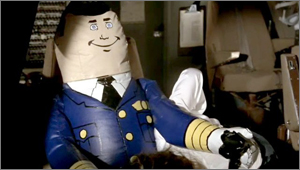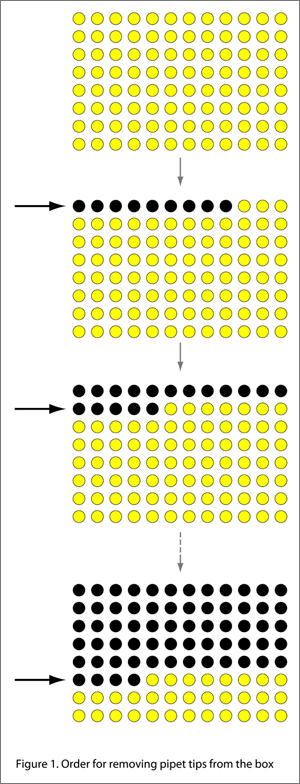Training Your Autopilot: Mastering Mindless Tasks
by
 Woody Allen famously said “80% of success is showing up.” At the bench, there are days when this number feels closer to 99. Although we all live for the mind-blowing, cutting-edge, high-impact experiments, the reality is that much of what we do on a daily basis is routine. But it’s these mindless tasks that can be the real killers…
Woody Allen famously said “80% of success is showing up.” At the bench, there are days when this number feels closer to 99. Although we all live for the mind-blowing, cutting-edge, high-impact experiments, the reality is that much of what we do on a daily basis is routine. But it’s these mindless tasks that can be the real killers…
Whether it’s performing a miniprep, running an activity assay, making a buffer or any other painfully familiar laboratory technique, staying mentally engaged can be a real challenge. There’s nothing worse than setting up a 96-well assay only to have your mind wander to the evening’s grocery list. A few minutes later, your brain reengages in the assay only to realize you have no idea what row you’ve just finished adding compound to.
Of course, the ideal is to always stay engaged. Right, we got it. But the reality is that’s nearly impossible. I don’t care who you are, there will always be times when your mind wanders. In fact, the wandering may very well be experiment-related. Excitement may have you thinking about the implications of the results or planning how you’re going to arrange the figure you know is coming.
So do we just get comfortable with mediocrity? Of course not! The key is to develop a system in which you can perform with or without your brain…a system called “Training Your Autopilot.”
It’s very similar to the autopilot on an airplane. Pilots use the feature because they know they can trust it. They can set it, take a nap, and awake knowing they’re not 500 miles off course. In lab, when the mind wanders, it’s the equivalent of turning on your autopilot. The problem is, when you wake, where are you going to be?
The key to creating a reliable autopilot is routine. It means you have a system in place for every single technique you perform and you use it every time, with no exceptions. That way, when the autopilot grabs the pipet, you know exactly what they’re going to do with it. It may seem “too anal” or “obsessively organized”, but then again – do you want a computer flying your plane that wasn’t programmed by someone who is anal and organized?
In the first of our Training Your Autopilot Series, we’ll start off slowly with one of the most fundamental techniques – pipetting.
I worked with a colleague once who used to draw designs in the pipet box by selectively removing tips from the box, leaving an “X” or a check mark or a smiley. While this may be fun, every time you pick a tip, it’s an adventure, and there’s no way to track where you’ve just been.
Training your autopilot to pipet:
- Remove tips from the box in the same order every time.
- See Figure 1 for recommended order
While this may seem a bit random at the moment, getting in the habit of moving left to right, starting in the upper left will be a very important theme for assays to come. We’ll address when it may vary, but you want to be able to say to yourself with 100% certainty: “I always work in this direction”…and believe it.
Learning to manage experiments is a key step in our development as scientists. However, learning to manage ourselves is equally as important. Training our autopilot is a guaranteed way to improve reproducibility and decrease the costly errors that slow us down.
.
Check out the other articles in this series:
.
How do you train your autopilot? Have a tip you’d like to add to our series? Let us know below!


Training Your Autopilot: Tip Coordinating | BenchFly Blog
wrote on October 12, 2009 at 10:53 pm
[…] we introduced a series called Training Your Autopilot: Mastering Mindless Tasks dedicated to improving laboratory techniques by standardizing the processes of performing […]
Training Your Autopilot: When in Doubt, Throw it Out | BenchFly Blog
wrote on October 28, 2009 at 12:07 am
[…] as it is our brains. As we’ve discussed in previous installments of Training Your Autopilot (Mastering Mindless Tasks and Assay Pipetting), creating a standard set of operating procedures that we use in every […]
Send Email Without the Worry: Training Your Autopilot | BenchFly Blog
wrote on August 11, 2010 at 11:15 am
[…] Mastering Mindless Tasks […]